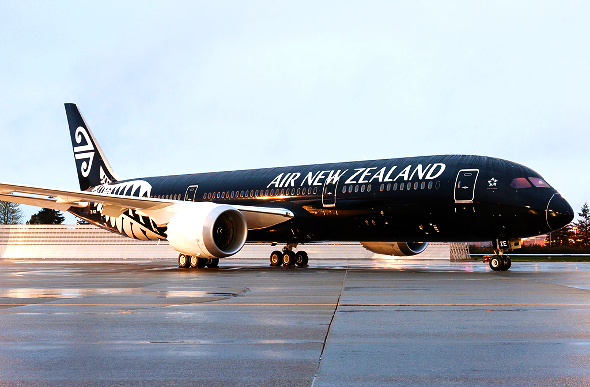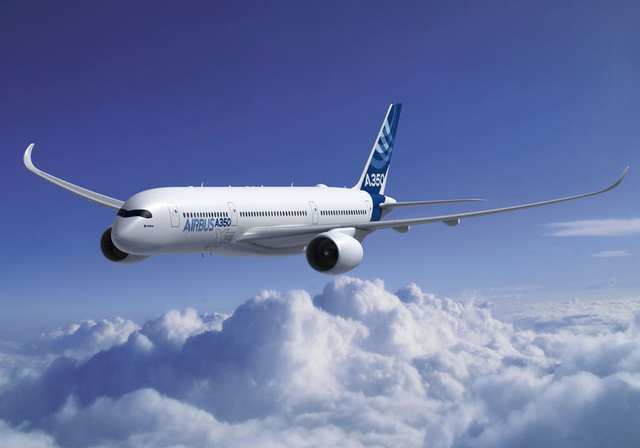Air New Zealand takes Delivery of the first Boeing 787-9 Dreamliner, also to feature at Farnborough

Air New Zealand has become the first airline to take delivery of the new 787-9, a stretched version of the revolutionary Dreamliner aircraft.
The plane was handed over in front of more than 1000 Boeing employees and guests at the aircraft manufacturer's facility in Everett, near Seattle in the US.
"It's a privilege to be the global launch customer for this aircraft and our team is looking forward to flying it home to New Zealand. The 787-9 is a real game changer," Luxon said.
The fuselage for the 787-9 is stretched by 6 metres over the 787-8, and will fly up to 40 more passengers an additional 450 nautical miles (830 km).
Boeing's Dreamliners feature several major differences from other major passenger aircraft.

It is the first airliner to be made of carbon fibre, not aluminium, and promises airlines more fuel efficiency - a saving of 20 per cent. It also offers 20 per cent less carbon dioxide emissions than comparable aircraft.
The aircraft promises a better experience for passengers too. The cabin air is, unlike other aircraft, drawn directly from outside, rather than through the engines, meaning it is fresher. The air is also more humid, and pressurised at a lower level - the theory being that passengers will feel better at the end of their flights. There are also larger windows and a more spacious cabin.
Twenty-six customers from around the world have ordered 409 787-9s, accounting for 40 per cent of all 787 orders, Boeing said.
The Air New Zealand aircraft is scheduled to depart the US on Thursday morning, local time, and arrive in Auckland late afternoon on Friday.

This is the first of ten 787-9 Dreamliners to join Air New Zealand's fleet. The aircraft will operate the Auckland-Perth route from 15 October 2014 and to Shanghai and Tokyo later this year.
Another of Air New Zealand's 787-9s will be displayed by Boeing at the Farnborough International Airshow later this month.
Delayed for several years, the Dreamliner has faced criticism over its reliability from some carriers. All active aircraft were grounded for three months last year after a battery fire on one Dreamliner. The incident forced Boeing to re-design the powerful lithium-ion battery and enclose it in a tough new steel containment box.
Boeing admitted in January it was not satisfied with the aircraft's performance. The Dreamliner's reliability rate was at about 98 per cent - this meant that two out of every 100 flights were delayed for mechanical problems.
The rate was higher than the 97 per cent recorded in October but was still short of Boeing's target. The company aims to have the aircraft's reliability up to the level of its long-range 777 model, which has a reliability rate of 99.4 per cent.
Plane spotters may think this is the same livery as the ‘All-Blacks’ livery that already graces some of the fleet, but you’ll actually be wrong. The fern, which now is the ‘New Zealand Way’ national fern rather than the all-blacks ‘Silver’ fern (above), is a sign of national pride, and symbolises New Zealand internationally.

Created by Designworks, the fern, now a part of the national carrier livery, was just one part of the job of bringing together all the ingredients needed to accelerate New Zealand’s brand on the world stage. “[we were] involved in a process of clarifying and articulating the strategic idea of New Zealand’s past, present and future purpose – engaging the country in a program of initiatives aimed at moving the whole population onto the same song sheet and collaborating with artists, designers and the wider community on a national attitude and vocabulary that is unique.”
















